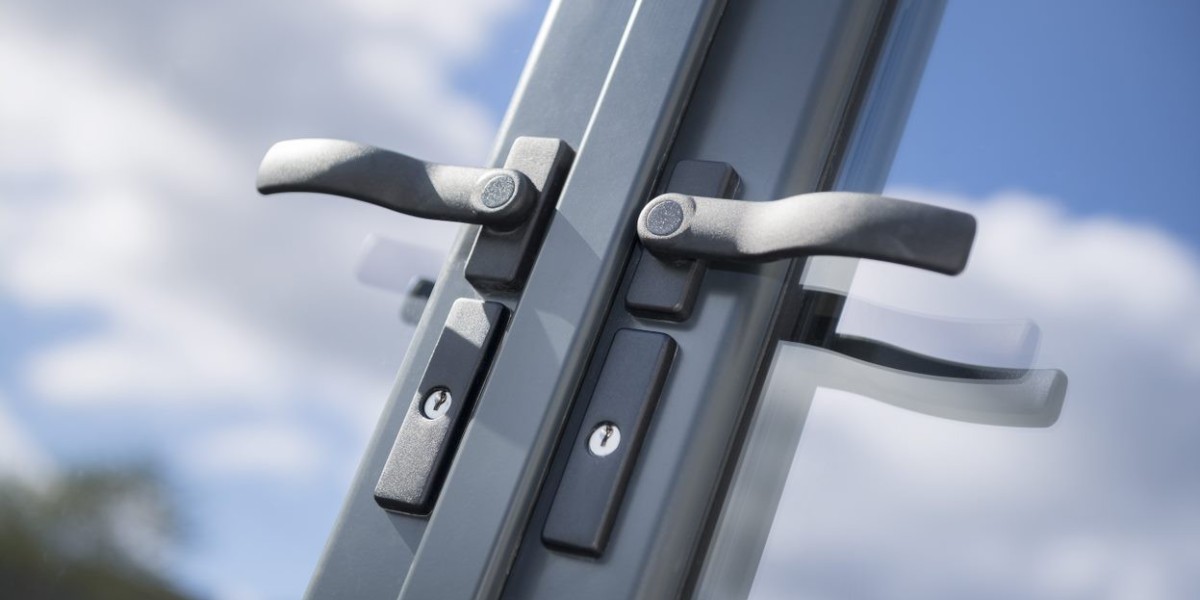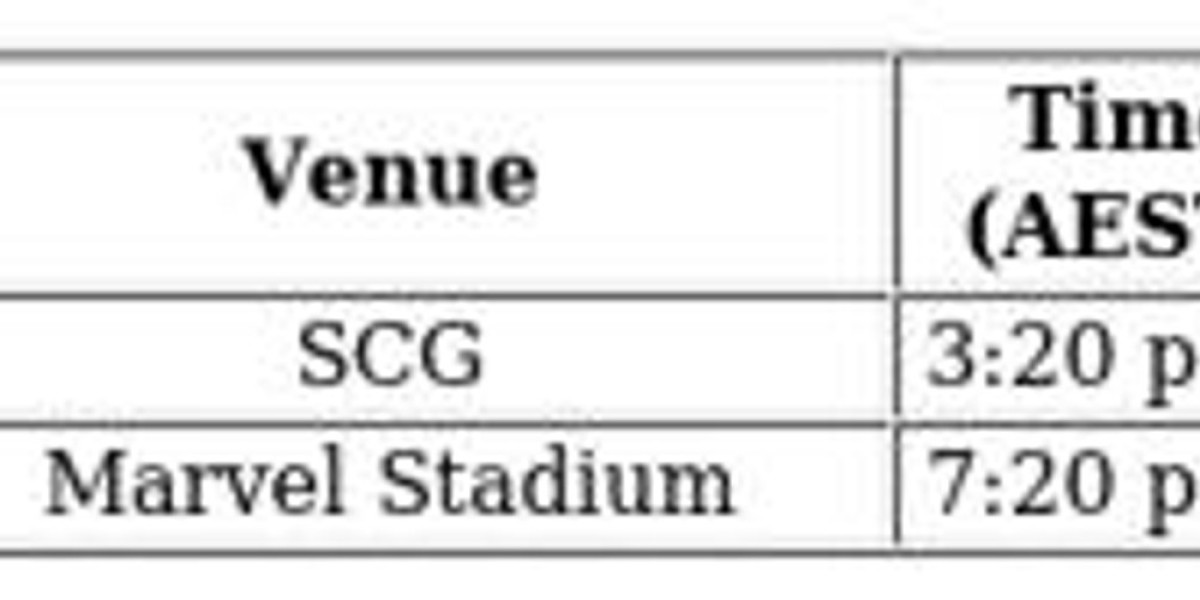Conquering Common Issues: A Comprehensive Guide to Bi-Fold Door Repair
Bi-fold doors, likewise called folding doors or concertina doors, provide a stylish and space-saving solution for dividing spaces or linking indoor and outside areas. Their ability to fold neatly away when open maximizes space and creates a smooth transition. However, like any mechanical system, bi-fold doors can experience wear and tear over time, leading to different operational concerns. Understanding how to identify and attend to these typical issues is important for keeping the functionality and durability of your bi-fold doors.
This article functions as an extensive guide to bi-fold door repair, providing step-by-step guidelines and insightful guidance for tackling typical issues. Whether you're handling sticking doors, misalignment, or hardware malfunctions, this guide will equip you with the knowledge and self-confidence to restore smooth operation to your bi-fold doors.
Common Culprits of Bi-Fold Door Problems
Before diving into repairs, it's necessary to comprehend the typical problems that afflict bi-fold doors. Recognizing the source is the primary step towards efficient resolution. Here are some of the most regular issues homeowners encounter:
- Sticking or Binding Doors: This is possibly the most common grievance. Doors that stick or bind throughout opening and closing can be aggravating and show numerous underlying issues. Often, this is due to friction between door panels or between the doors and the track system.
- Doors Not Closing Properly or Latching: If your bi-fold doors fail to close flush or latch securely, it compromises security and insulation. This issue frequently stems from misalignment, lock mechanism concerns, or blockages in the track.
- Harmed or Worn Rollers and Tracks: Bi-fold doors count on rollers moving smoothly along tracks to work. With time, these parts can wear down, end up being blocked with particles, or perhaps break. This leads to jerky motion, sticking, and increased effort needed to run the doors.
- Loose or Damaged Hinges and Pivots: The hinges and pivots are the pivot points that permit the doors to fold and move. Loose screws, used hinges, or harmed pivots can cause doors to sag, become misaligned, and run badly.
- Misalignment of Door Panels: Over time, the panels of a bi-fold door can become misaligned relative to each other and the frame. This misalignment can cause rubbing, binding, and difficulty in closing and locking.
- Loose or Missing Hardware: Screws, brackets, and other hardware can loosen with time due to vibrations and routine use. This can result in instability, rattling, and ultimately, practical issues.
Tools and Materials for Bi-Fold Door Repair
Having the right tools and materials on hand will make the repair process smoother and more effective. While particular requirements might differ depending upon the concern, a basic toolkit for bi-fold door repair need to include:
- Screwdrivers: Both Phillips head and flathead screwdrivers in numerous sizes.
- Allen Wrenches (Hex Keys): Often utilized for changing rollers and hinges. A set of various sizes is advised.
- Pliers: For grasping and manipulating little parts.
- Hammer: For gentle tapping and modifications.
- Tape Measure: For precise measurements when changing or replacing parts.
- Level: To make sure doors are plumb and level during adjustments.
- Lube: Silicone-based lube is perfect for tracks and rollers as it does not bring in dust. Avoid oil-based lubes that can become gummy with time.
- Cleaning up Supplies: Brush, vacuum cleaner with crevice tool, and a damp fabric for cleaning tracks and rollers.
- Replacement Parts: Depending on the medical diagnosis, you may require replacement rollers, hinges, rotates, screws, or even track areas. Identifying the particular kind of hardware used in your doors is important when sourcing replacements. Think about taking an old part to a hardware shop for matching purposes.
- Wood Shims (Optional): For minor positioning modifications.
- Shatterproof glass: To safeguard your eyes throughout repair work.
- Work Gloves: To secure your hands.
Step-by-Step Guide to Common Bi-Fold bifold door specialists Repairs
Now that you comprehend typical issues and have the needed tools, let's explore how to resolve particular problems.
( 1) Addressing Sticking or Binding Doors:
- Step 1: Cleaning and Lubrication: Begin by completely cleaning up the tracks, both upper and lower, with a brush and vacuum to get rid of dust, particles, and animal hair. After cleansing, use a silicone-based lube along the tracks and to the rollers. Run the doors several times to distribute the lube. This basic action typically deals with small sticking concerns.
- Step 2: Roller Adjustment: If lubrication does not completely deal with the issue, analyze the rollers. Numerous bi-fold door rollers are adjustable utilizing screws or Allen wrenches. Locate the change mechanism on the rollers (normally on the top or bottom of the door panel, near the roller). Carefully adjust the rollers to ensure they are all in contact with the track and moving smoothly. Avoid over-tightening, which can cause binding.
- Step 3: Hinge and Pivot Inspection: Check the hinges and pivots for looseness or damage. Tighten any loose screws. If hinges or pivots are noticeably damaged, they will need to be replaced. Note the type of hinge and pivot before purchasing replacements.
( 2) Repairing Doors That Don't Close or Latch Properly:
- Step 1: Latch and Striker Plate Alignment: Examine the lock and striker plate (the metal plate on the frame that the lock engages with). Guarantee the lock is appropriately aligned with the striker plate. If they are misaligned, you may require to adjust the striker plate. Loosen the screws holding the striker plate, rearrange it slightly until the latch engages efficiently, and after that retighten the screws.
- Action 2: Door Panel Alignment: Misaligned door panels can avoid correct closure. Visually examine the doors when closed. Are any panels rubbing against each other or the frame? Minor misalignment can sometimes be fixed by changing the hinges or pivots. For more significant misalignment, you may require to think about shimming behind hinges or changing track positions (for more complex cases, professional assistance may be needed).
- Action 3: Obstruction Check: Carefully examine along the entire track and door path for any obstructions that might be avoiding proper closure. This could be debris, loose items, and even distorted flooring near the door opening.
( 3) Replacing Damaged Rollers and Tracks:
- Step 1: Roller Replacement: Identify the type of rollers utilized in your doors. Get rid of the old roller by unscrewing or unclipping it from the door panel. Install the new roller, guaranteeing it is securely secured and correctly lined up. Repeat for all damaged rollers.
- Step 2: Track Replacement (More Complex): Replacing tracks is a more involved procedure. It typically needs getting rid of the door frame trim and potentially dealing with structural elements. If you are comfy with advanced DIY projects, you can try track replacement. Nevertheless, if you are unsure, it is advised to seek advice from a professional. To replace a track:
- Carefully get rid of the trim surrounding the door frame.
- Unscrew and get rid of the old track areas.
- Install the new track areas, guaranteeing they are level and lined up properly.
- Re-install the trim.
( 4) Tightening Loose Hardware and Replacing Damaged Hinges/Pivots:
- Step 1: Tightening Loose Hardware: Systematically examine all screws and bolts on the hinges, pivots, rollers, and tracks. Tighten any loose hardware. If screws are removed and not tightening up, think about using slightly longer or thicker screws, or using wood filler to provide much better grip for the screws (especially for wood frames).
- Step 2: Replacing Hinges and Pivots: To replace a damaged hinge or pivot:
- Support the door panel to avoid it from sagging or falling when the hinge/pivot is removed.
- Unscrew and Www.Repairmywindowsanddoors.Co.Uk get rid of the old hinge or pivot.
- Install the new hinge or pivot in the exact same place, ensuring it is appropriately aligned.
- Firmly secure the brand-new hinge or pivot with screws.
- Repeat for all damaged hinges or pivots.
Preventative Maintenance for Bi-Fold Doors
Routine maintenance is key to avoiding lots of typical bi-fold door issues and extending their life-span. Adopt these preventative steps:
- Regular Cleaning: Clean tracks and rollers a minimum of every couple of months, or more frequently in dusty environments.
- Lubrication: Lubricate tracks and rollers with silicone lubricant every 6 months to ensure smooth operation.
- Hardware Checks: Periodically inspect and tighten any loose screws or hardware.
- Gentle Operation: Avoid forcing the doors open or closed. Run them smoothly and intentionally to minimize tension on the elements.
- Yearly Inspection: At least once a year, conduct a thorough evaluation of all components, including hinges, pivots, rollers, tracks, and lock systems. Address any small concerns before they escalate.
When to Call a Professional
While lots of bi-fold door repairs are workable for DIY lovers, some scenarios warrant professional intervention. Think about calling a handyman or door expert if:
- You are uneasy with DIY repairs. Security and proper performance are vital.
- The issue is complicated or the cause is uncertain. Professional medical diagnosis can conserve time and avoid more damage.
- You are dealing with structural issues. If the door frame or surrounding wall structure is damaged, professional proficiency is necessary.
- You require to replace whole tracks or door panels. These jobs can be more intricate and need customized tools and knowledge.
- You do not have the necessary tools or time.
Conclusion
Bi-fold doors are a valuable addition to any home, using flexibility and style. By understanding typical problems and carrying out standard repair and upkeep strategies, you can keep your bi-fold doors running smoothly and effectively for years to come. This guide offers a solid foundation for tackling typical repairs. Remember to prioritize safety, work methodically, and do not be reluctant to seek professional aid when needed. With a little effort and knowledge, you can guarantee your bi-fold fixing bifold doors continue to enhance your home.
Often Asked Questions (FAQs) about Bi-Fold Door Repair
Q1: Why are my bi-fold doors so hard to open and close?A: The most common factors are unclean or dry tracks and rollers. Start by cleaning and lubing these components. Other causes can include misaligned rollers, harmed rollers or tracks, or misalignment of the door panels themselves.
Q2: What kind of lubricant should I utilize on bi-fold door tracks?A: Silicone-based lubricants are recommended. They are tidy, dry, and will not bring in dust and dirt like oil-based lubes, which can ultimately become sticky and impede door operation.
Q3: How frequently should I oil my bi-fold door tracks?A: Lubricating every 6 months is a good basic standard. Nevertheless, if you notice your doors ending up being stiff or noisy, you might require to lubricate them more often.

Q4: Can I replace just the rollers on my bi-fold doors?A: Yes, for the most part, you can replace individual rollers. Recognize the type of roller you require and purchase replacements at a hardware store or online.
Q5: My bi-fold doors are scraping versus the flooring. How can I repair this?A: This might be due to a number of factors, including loose hinges triggering the doors to sag, rollers that are not correctly supporting the weight, and even changes in the structure structure causing slight settling. Inspect hinge tightness, roller condition and change and think about utilizing shims under hinges if required for small adjustments. For substantial problems, professional evaluation is recommended.
Q6: How do I avoid my bi-fold doors from getting harmed in the future?A: Regular cleansing and lubrication, mild operation, and routine hardware checks are key preventative measures. Avoid knocking the doors and deal with any small problems immediately before they end up being significant issues.
Q7: Are bi-fold door repairs a DIY project, or should I constantly call an expert?A: Many typical bi-fold door repairs, like cleaning, lubrication, and minor hardware adjustments, are DIY-friendly. However, for complex concerns, structural repairs, or if you are unpleasant with DIY tasks, it's best to consult an expert handyman or bifold door knob repair specialist.








